Jump to section…

ROI of Coaching: Introduction
You often hear anecdotal evidence for the ROI of employee benefits like coaching:
“Coaching brought a new buzz to our company. People are generally showing up happier.”
“Coaching leveled up our collaboration and communication, unlocking new levels of productivity.”
If we could assign monetary value to every such comment, the ROI of coaching would jump off the page. But instead of saying “just trust us,” this post gives you everything you need to understand the expected ROI of coaching for your organization.
For the ROI of a)plan coaching in particular, jump to the end where you can see real data on how major organizations like Tides Foundation, Autodesk, and Lovevery felt a)plan’s ROI firsthand.
The First Layer of the ROI Roadmap
Employee-Level Benefits
The ROI of coaching starts with the individuals of an organization and it ends with the organization as a whole, providing value to both parties in the process.
To conceptualize these multiple layers of ROI, we’ll refer to the a)plan coaching ROI Roadmap. We’ll build the roadmap piece by piece throughout the course of this post, starting first with employee-level benefits, then mapping those benefits to measurable value for organizations.
At a)plan, we’ve led coaching programs for thousands of individuals at hundreds of organizations. As a result, the outcomes of coaching for individual employees are well documented and consistent. With the support of a coach, employees improve their happiness and fulfillment, sense of belonging, and work engagement. a)plan’s coaching model was designed to generate these results for clients.
With an understanding of these employee-level coaching outcomes, we can fill in the first layer of our roadmap.
The a)plan coaching ROI Roadmap

Let’s pause here to really consider these employee-level outcomes and what they mean for your organization. Helping us out are recent findings from research firms McKinsey, Harvard Business Review (HBR), and Gallup.
McKinsey: Happiness and well-being make a 6x difference on retention.
In a 2022 study, McKinsey revealed the massive costs of poor employee happiness and well-being. According to the study, those who report experiencing high levels of toxic behavior at work are 8x more likely to experience burnout symptoms, including tiredness, reduced ability to regulate cognitive and emotional processes, and increased mental distancing.
As a result, respondents experiencing these symptoms of poor well-being are 6x more likely to report an intention to leave their employers in the next three to six months.
HBR: Belonging makes a $52M difference on performance and retention.
In a 2019 study, HBR revealed just how critical it is to champion belonging in the workplace. A sample of about 2,000 U.S. employees revealed that feeling a high sense of belonging was tied to the following:
- 56% increase in job performance
- 50% reduction in turnover risk
- 75% reduction in employees taking sick days
According to the study, for a company of 10,000 employees, these belonging-related improvements can add up to $52M in savings per year.
Gallup: Engagement makes a $60.3M difference on productivity.
In a 2020 study, Gallup found that a striking 67% of the global workforce is not engaged in their work. As a result, unproductive employees cost companies millions of dollars per year.
According to the study, for a company with 10,000 employees averaging $50,000 salaries, the annual cost of disengagement to that company is $60.3M per year.
The Second Layer of the ROI Roadmap
Organization-Level Benefits
With this data and research, we can now see the clear link between individual-level and organization-level coaching benefits.
The a)plan coaching ROI Roadmap (cont’d)
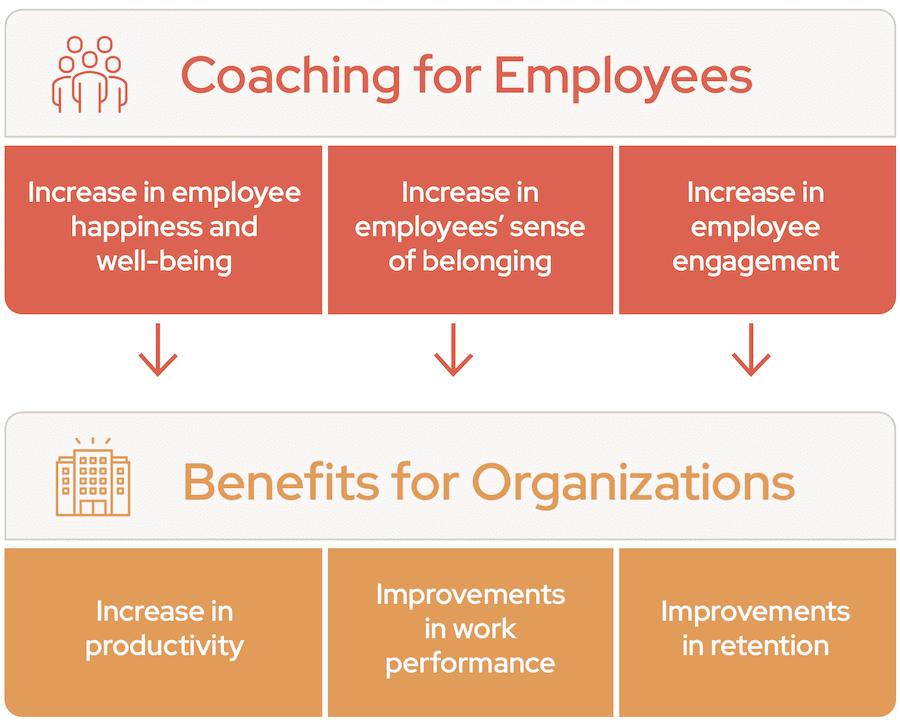
Quantifying the ROI of performance and retention
So, coaching leads to happier, more engaged employees, and that leads to improvements in organization-level metrics, like productivity and retention. But what are those outcomes worth?
A hypothetical breakdown of coaching value
Using an example, we can approximate the value of improved performance and retention metrics. From there, we can effectively measure the ROI of coaching.
Consider a director-level employee who receives one-on-one coaching as an ongoing benefit at her company. Let’s call her Erica. Using a base salary of $170,000 as a proxy (not a literal measure, but a rough “bookmark” of the value that Erica provides), we can estimate some key values driven by coaching.
Improvements in performance and retention, as they relate to Erica, generate three clear sources of value:
1. Return from Erica’s performance improvement:
As a result of her coaching, let’s assume a conservative 5% improvement in Erica’s performance over the next year. This yields a return of at least $8,500 based on the $170,000 proxy value.
+ $8,500
2. Return from Erica retaining an employee:
According to research from Gallup, the cost of replacing an individual employee can exceed 200% of their annual salary. If Erica’s coaching results in improvement in her management behavior that allows her to retain just one person on her team (with a salary of, say $70,000) who would have otherwise left, the resulting cost savings would be $140,000.
+ $140,000
3. Return from retaining Erica:
With the same measure of 200%, we can calculate the estimated value of the company retaining Erica herself—something that becomes more likely thanks to her one-on-one coaching. With a salary of $170,000, we estimate that the value of retaining Erica is at least $340,000.
+ $340,000
So … what was the coaching worth?
If we combine the value generated from the three sources above ($8,500 + $140,000 + $340,000), we end up with $488,500 in value for the company.
If we conservatively estimate that coaching played a 10% role in these outcomes, coaching for Erica would be the source of $48,850 in value per year.
With a)plan, Erica’s coaching would cost her employer $1,000 per month at most, or $12,000 per year. This generates an ROI of ~4x.
With this ROI estimation, we can now complete our ROI Roadmap.
The a)plan coaching ROI Roadmap (completed)
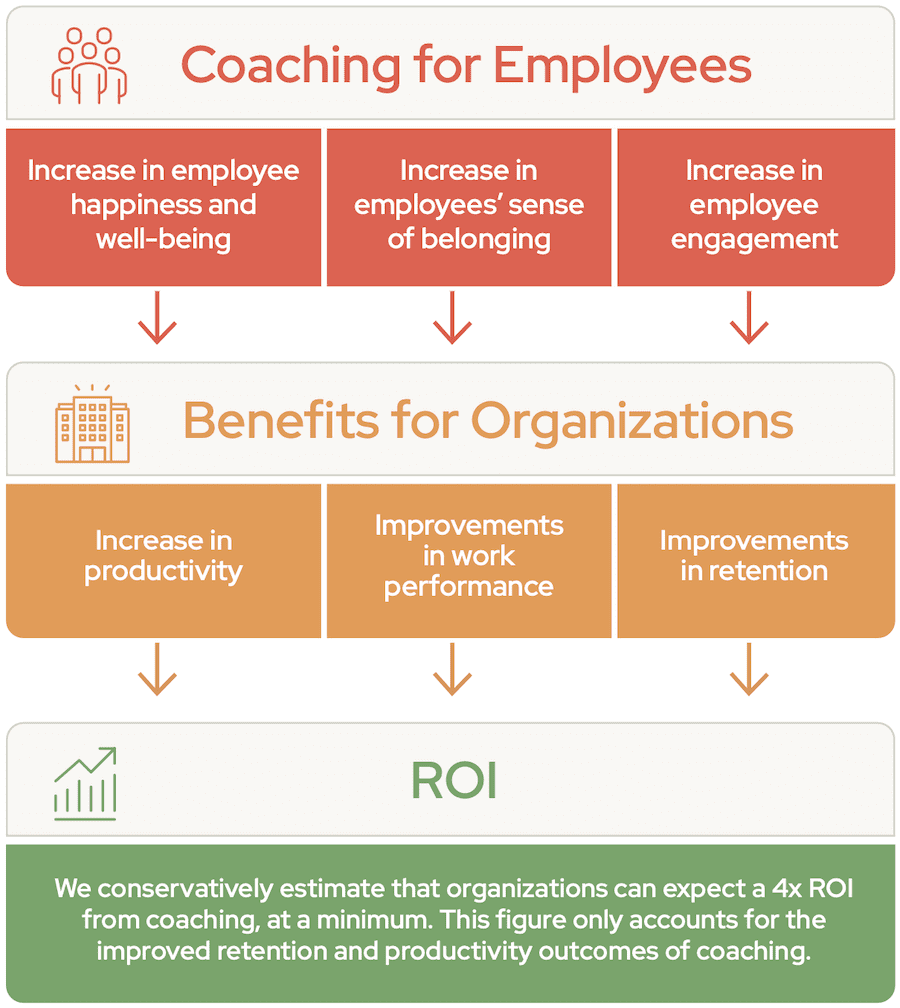
ROI in Action with a)plan coaching Customers
Looking at Three Customers by the Numbers
With every a)plan coaching customer, we take periodic surveys to see how the engagement is trending. These surveys give the customer a clear window into the ROI they are experiencing from their coaching programs.
We ask coaching clients if they are, in fact, realizing the types of needle-moving outcomes that drive high ROI—from belonging to engagement to performance. And we explicitly ask if a)plan has been a good investment of their time and energy. Here are some insights from three of our customers.
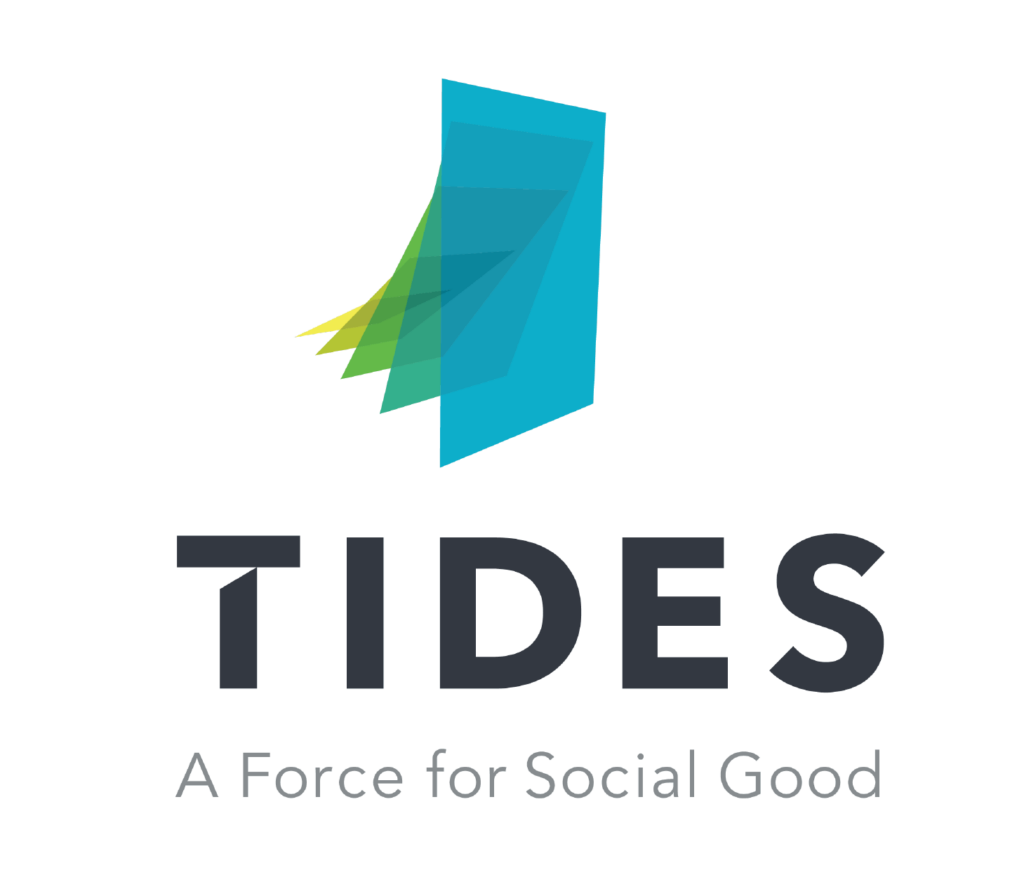
About Tides Foundation
A philanthropic partner and nonprofit accelerator, Tides claims over $1B in assets under management. The organization hired a)plan for our full suite of services: one-on-one coaching, team coaching, training, and 360-degree reviews.
ROI of Coaching for Tides Foundation
Worthwhile Investment
100% reported that “coaching with a)plan was a good investment of my time and energy.”
Enhanced Performance
93% reported that “through working with a coach, I have improved my performance.”
Reduced Turnover
Tides credits a)plan with its reduction in employee turnover from 35% to nearly 0%.
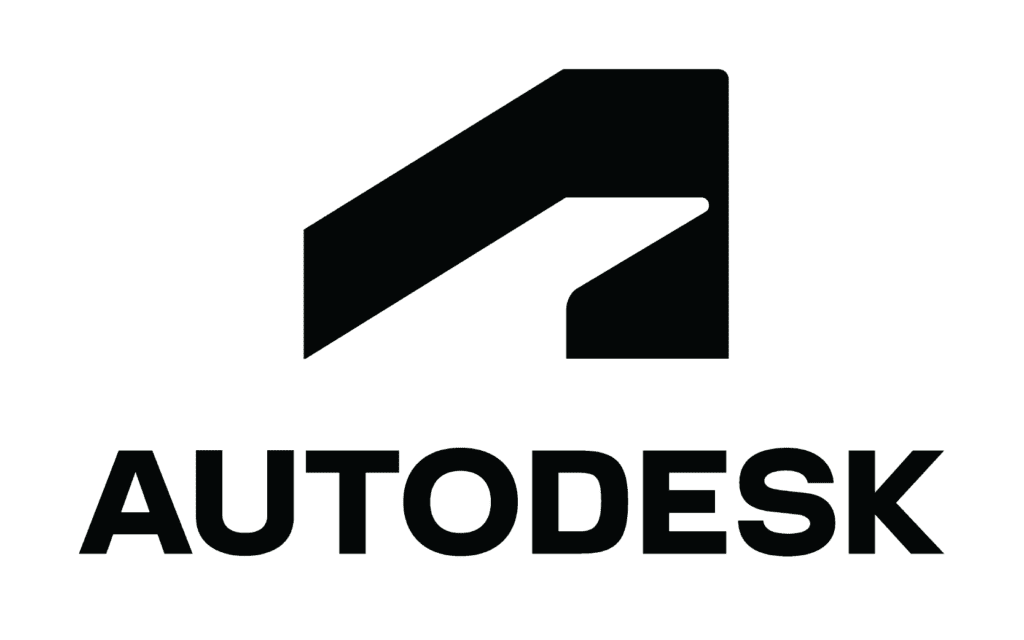
About Autodesk
A publicly traded international software corporation, Autodesk entrusted a)plan to deliver one-on-one coaching, team coaching, and training sessions.
ROI of Coaching for Autodesk
Worthwhile Investment
93% reported that “coaching with a)plan was a good investment of my time and energy.”
Enhanced Performance
83% reported that “through working with a coach, I have improved my performance.”
Improved Retention
73% reported that “through working with an a)plan coach, I feel more likely to stay at Autodesk.”
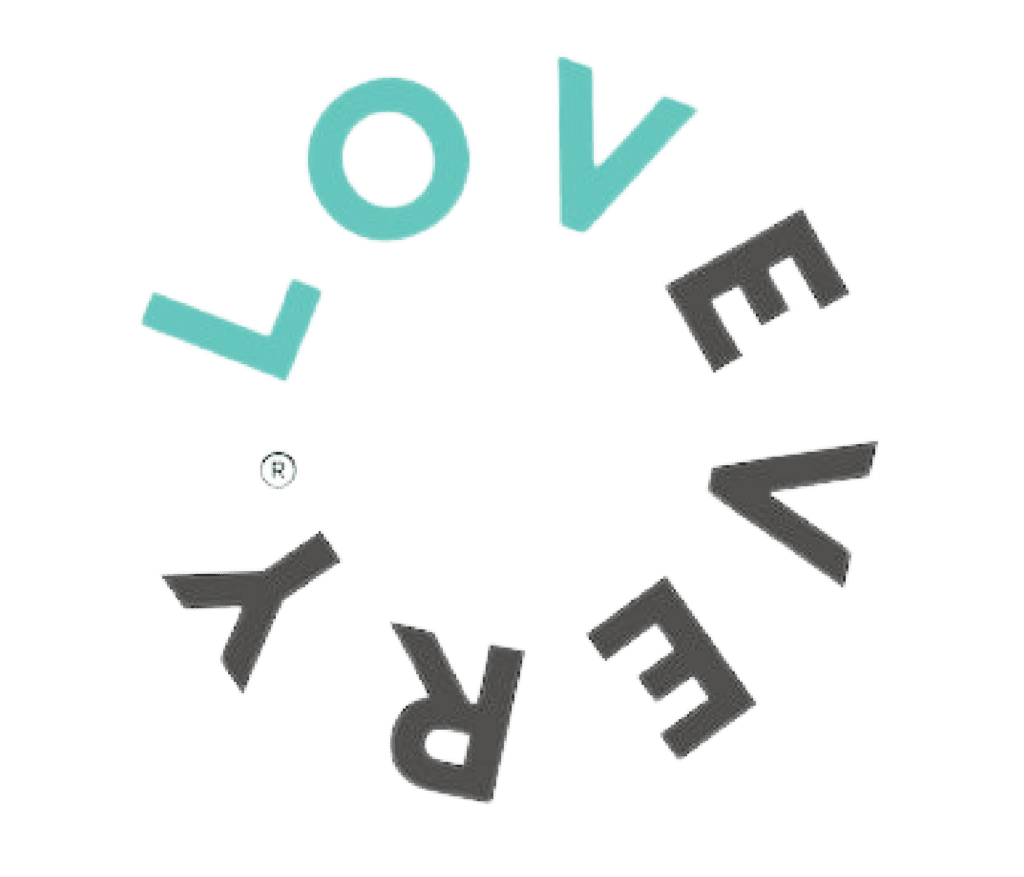
About Lovevery
Founded in 2015, Lovevery is a growth-stage startup that produces modern children’s toys. In 2021, Lovevery raised a $100M Series C round, valuing the company at $800M. The company has used a)plan for one-on-one coaching, team coaching, and training sessions.
ROI of Coaching for Lovevery
Worthwhile Investment
96% reported that “coaching with a)plan was a good investment of my time and energy.”
Enhanced Performance
87% reported that “through working with a coach, I have improved my performance.”
Improved Retention
84% reported that “through working with an a)plan coach, I feel more likely to stay at Lovevery.”

